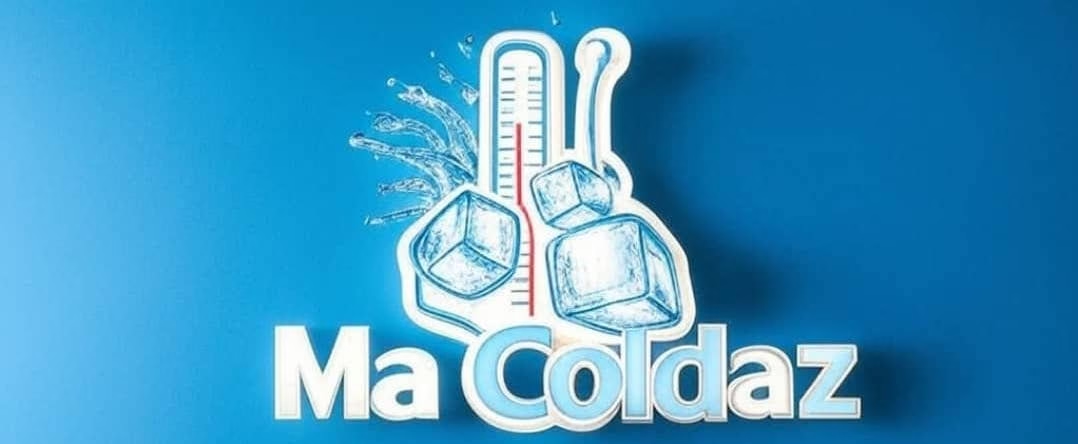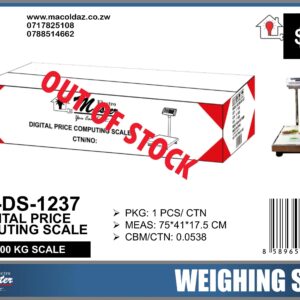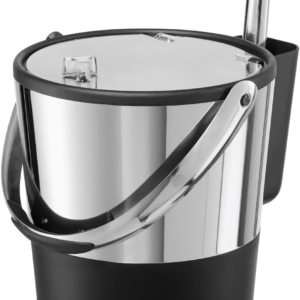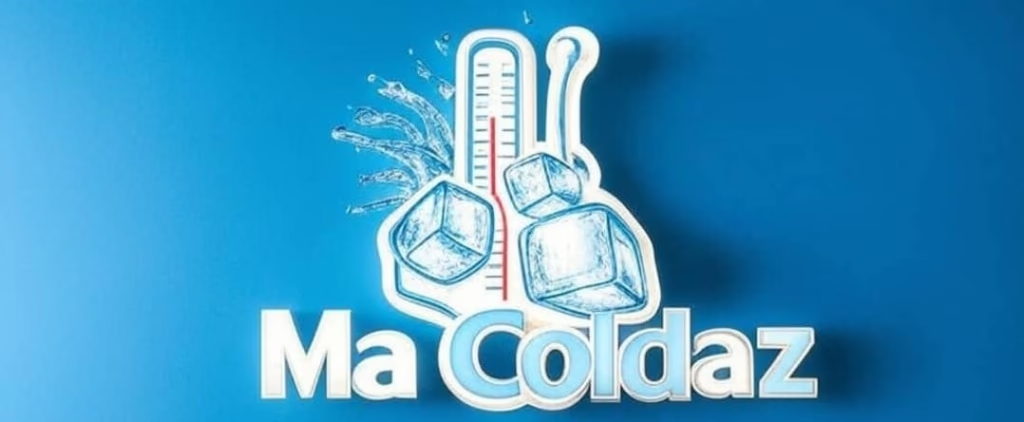1. Introduction: Understanding Symbols of Danger and Protection in Design
Throughout human history, symbols representing danger and protection have played a crucial role in shaping visual language and influencing perception. These symbols serve as universal cues that convey threats or safety, often rooted in deep cultural and historical contexts. For example, the use of a skull signifies death or danger, while a shield symbolizes security and defense. Recognizing these symbols’ origins helps us understand their modern applications, where ancient motifs are adapted to evoke trust, caution, or authority in branding and design.
- Historical Foundations of Danger and Protection Symbols
- The Evolution of Symbols in Modern Design
- Case Studies of Symbols in Modern Branding
- Symbolic Duality: Danger and Protection as a Strategy
- Visual Language and Cultural Perception
- Myth and Legend in Modern Symbols
- Psychological and Sociological Insights
- Future Trends in Symbolism
- Conclusion
2. Historical Foundations of Danger and Protection Symbols
a. Ancient Greek Symbols: Snakes as Dual Symbols of Threat and Safeguarding
In ancient Greek culture, the serpent was a powerful symbol embodying both danger and healing. The myth of Medusa, a Gorgon with snakes for hair, epitomizes the duality—she is a creature of menace yet also a symbol of protection, as her gaze could ward off enemies. The Greek Rod of Asclepius, featuring a single snake entwined around a staff, represented healing and safety. Such symbols demonstrate how serpents have historically communicated complex messages of threat and refuge, influencing modern design language.
b. Warrior Armor and Weaponry: Helmets with Crests and Shields
Throughout history, warriors used helmets with crests and shields not just for protection but also as symbols of status and intimidation. The Corinthian helmet, for example, conveyed strength and authority, while shields bore emblems that signified allegiance and societal hierarchy. These elements visually communicated power and safety simultaneously, concepts that modern branding often adopts to evoke trust and dominance.
c. Societal Hierarchy and Psychological Impact
Symbols of danger and protection served to reinforce societal roles—warriors, leaders, and protectors—while also influencing collective psychology. They created visual cues that elicited caution or confidence, shaping behavior and societal structures. This historical legacy persists today in logos and symbols that evoke authority or caution, tapping into subconscious associations rooted in centuries of cultural symbolism.
3. The Evolution of Symbols in Modern Design
a. Transition from Historical to Contemporary Usage
Modern design adapts ancient symbols for new contexts, often simplifying or stylizing them to fit contemporary aesthetics. For example, the shield has evolved into sleek, minimal icons representing security apps, while snake motifs are used in fashion and branding to suggest edginess or danger. This evolution reflects a shift from literal to symbolic communication, where visual cues evoke feelings rather than explicit threats.
b. How Symbols Are Adapted for Branding, Fashion, and Product Design
Brands leverage these symbols to create powerful narratives. A security company might incorporate a Medusa-like image to imply formidable protection, as seen with legend of meduasa, which exemplifies how myth-inspired motifs convey strength and mystique. Similarly, fashion brands use snake patterns or shield motifs to evoke a sense of exclusivity and power.
c. The Psychological Effect on Consumers
Research indicates that danger symbols activate subconscious fears, prompting caution, while protection symbols evoke safety and trust. For instance, consumers tend to associate a shield emblem with reliability, increasing brand loyalty. This psychological interplay enhances product appeal by aligning visual cues with emotional responses.
4. Case Studies of Symbols of Danger and Protection in Modern Branding
a. Use of Medusa-like Imagery in Security and Protection Products
Modern security brands often adopt mythological imagery to evoke formidable protection. The legend of meduasa exemplifies this trend by using Medusa-inspired motifs to symbolize a powerful, unassailable safeguard, blending myth with modern branding to appeal to consumers seeking strength and trustworthiness.
b. Emblems and Logos Incorporating Snakes, Shields, or Intimidating Figures
Many logos feature snakes wrapped around objects or shields with aggressive designs to communicate vigilance and defense. For example, automotive brands may incorporate shield shapes with aggressive lines, subtly suggesting protection and dominance. These visual cues tap into primal instincts—warning or safety—enhancing brand memorability.
c. Analysis of Effectiveness and Cultural Resonance
Studies show that culturally resonant symbols like snakes or shields increase consumer trust when used appropriately. The effectiveness depends on cultural context; while a shield universally suggests safety, a snake might evoke fear in some cultures and power in others. Therefore, understanding cultural nuances is crucial in designing symbols that resonate globally.
5. Symbolic Duality: Danger and Protection as a Design Strategy
a. Combining Symbols to Create Complex Narratives
Designers often blend danger and protection motifs to craft layered narratives. For example, a logo might feature a shield with a snake coiled around it, symbolizing both threat and safeguarding. This duality can communicate that a brand is formidable yet trustworthy, appealing to consumers seeking strength without intimidation.
b. Modern Products Leveraging Duality for Trust and Appeal
Products like high-end security devices or luxury fashion often incorporate this dual symbolism. An example is the use of aggressive lion or serpent imagery in branding, which suggests dominance and protection, while maintaining sophistication. Such imagery reinforces perception of reliability and exclusivity.
c. Psychological Interplay—Fear vs. Safety
This duality operates on a subconscious level, balancing fear-inducing elements with symbols of safety. When consumers see such symbols, their brains evaluate risk versus security rapidly, influencing trust and purchase decisions. Effective design harnesses this psychological interplay to foster confidence and allure.
6. Visual Language and Cultural Perception
a. Impact of Color, Form, and Context
Colors significantly influence perception: red often signals danger or urgency, while blue evokes calm and trust. The form—sharp angles vs. smooth curves—also communicates different messages. Context matters; a shield in a military logo conveys protection, whereas the same symbol in fashion might suggest strength or rebellion.
b. Cross-Cultural Differences in Interpretation
Cultural backgrounds shape symbol perception. For example, in Western cultures, snakes are often associated with danger, whereas in some Eastern cultures, they symbolize wisdom and renewal. Designers must navigate these differences to ensure symbols convey intended meanings globally.
c. Navigating Cultural Sensitivities
Universal symbols like shields are generally safe, but mythologically charged motifs require cultural awareness. Incorporating flexible design elements allows adaptation for different markets, ensuring symbols reinforce desired perceptions without unintended offense.
7. The Role of Myth and Legend in Modern Symbolism
a. Mythological Stories Inspiring Iconography
Myths like Medusa’s, with their rich symbolism, inspire modern designs that evoke power, mystery, and protection. Mythological narratives serve as a cultural shorthand, allowing brands to tap into collective subconscious associations.
b. Myth’s Influence on Perceptions of Danger and Safety
Legends embody archetypes—heroes, monsters, protectors—that influence how symbols are perceived. These stories embed cultural values and fears into visual elements, making them potent tools in modern branding.
c. Modern Example: «Legend of Medusa™»
As a case example, legend of meduasa illustrates how myth-inspired motifs can serve as modern emblems of strength and mystique, reinforcing the timeless appeal of mythological symbolism in contemporary design.
8. Non-Obvious Insights: Psychological and Sociological Perspectives
a. Subconscious Influence on Behavior
Danger and protection symbols subconsciously trigger emotional responses, guiding behavior in subtle ways. For example, a warning sign with a skull prompts caution, while a shield reassures safety, influencing consumer trust without overt awareness.
b. Societal Needs Reflected in Design
As societies evolve, so do the symbols they rely on. In times of social upheaval, fear-based symbols may become prominent, whereas during periods of stability, symbols emphasizing security and trust gain popularity.
c. Digital and Virtual Environments
In cyberspace, icons like padlocks (protection) and warning triangles (danger) are universally recognized, demonstrating how these symbols have adapted to new digital contexts, maintaining their psychological impact.
9. Future Trends in Danger and Protection Symbols in Design
a. Technological Advancements
Emerging technologies, such as augmented reality, enable dynamic symbols that can change contextually, enhancing their effectiveness. For instance, virtual shields or threat indicators could adapt in real-time based on user interactions.
b. Ethical Considerations
Using fear-inducing symbols raises ethical questions about manipulation and societal impact. Responsible designers aim to balance effective communication with cultural sensitivity, avoiding unnecessary alarm.
c. New Symbols from Social Challenges
Contemporary issues like cybersecurity threats or climate change inspire new iconography—such as digital shields or warning symbols—highlighting the evolving nature of danger and protection in visual language.
10. Conclusion: The Power and Responsibility of Using Danger and Protection Symbols in Modern Design
“Symbols of danger and protection are more than mere visuals—they are psychological tools that influence perceptions, behaviors, and societal values. As designers harness these symbols, they carry the responsibility to do so ethically, respecting cultural nuances and societal impacts.”
From ancient Greek mythology to cutting-edge digital interfaces, the enduring legacy of danger and protection symbols demonstrates their profound influence on modern aesthetics. Recognizing their origins and psychological effects empowers designers to craft visuals that are not only effective but also culturally sensitive and ethically responsible. As we continue to develop new technologies and face global challenges, these symbols will undoubtedly evolve, shaping how we perceive safety and threat in an increasingly interconnected world.










 Home
Home  Whishlist
Whishlist  Compare
Compare  Checkout
Checkout